
Inlays
Inlays and Onlays are indirect dental restoration. Unlike a traditional filling, Inlay and Onlay are typically applied when the cavity is too large for a simple filling. Inlays and Onlays can be fabricated with gold, ceramics, or composite materials that are the most robust and most natural dental restoration offered. The first step in the process is for your mouth to be prepared the same way as a standard filling. An impression will be designed and made to our satisfaction before it is sent to a dental lab to be fabricated. We will provide you with a temporary filling while your restoration is being completed.
Ceramics and composite inlays are the most chosen materials available due to their aesthetics for the appearance of the mesial and occlusal surfaces of the upper and lower teeth. We care about you and your satisfaction; therefore, we will ensure you the best results for your beautiful smile.
Composite and ceramic inlays may also be chosen for their aesthetics in situations where strength is not a major requisite. This can be particularly relevant for the mesial surfaces of upper premolar teeth and the occlusal surfaces of lower teeth when appearance is important to the patient.
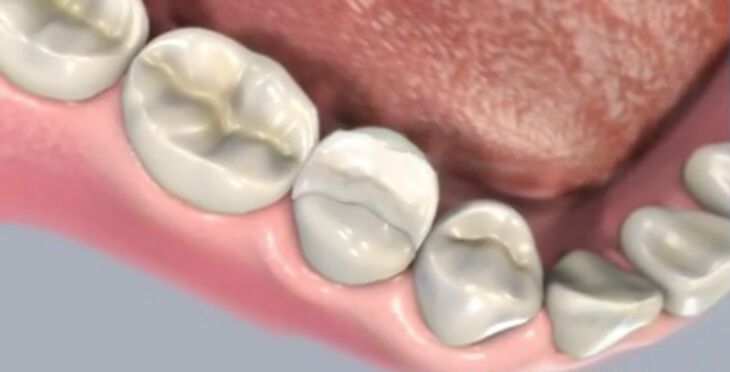

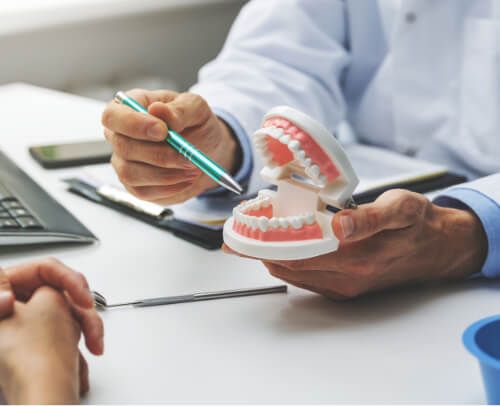
Reasons For Inlays
- ✱ Strong and durable
- ✱ Less prone chances of fracture
- ✱ Stain-resistant
- ✱ Blends with natural tooth-color
- ✱ Large cavity filling
- ✱ Cosmetic improvements
What Does the Inlay Procedure Involve?
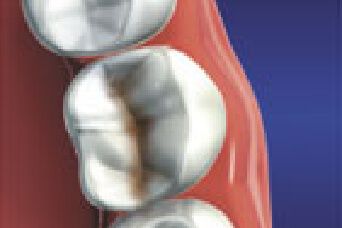
➊
Examination and impression of teeth to fabricate inlay to restore the natural tooth structure's durability and functionality.
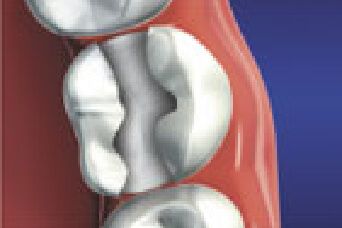
➋
Extraction of the decayed portion of the tooth to prepare for the inlay installation.
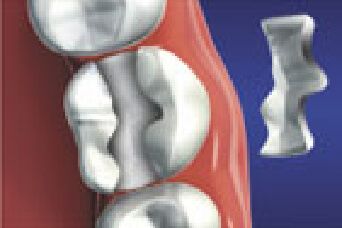
➌
Once the inlay is fabricated to match, the inlay is placed to look and feel like your natural teeth.
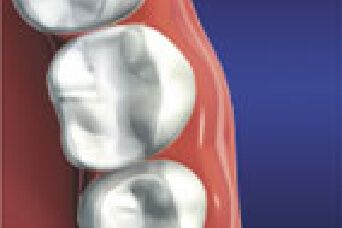
➍
Restoration is complete when the inlay is installed.
Inlays FAQ’s
What Are Inlays And Onlays?
Aside from the standardized filling, Inlays and Onlays are an indirect restoration custom-made from a dental lab to cover cavity fillings. They are used to help fix teeth that have signs of becoming deterioration. Inlays are smaller and are used to repair issues within the cusps of the tooth. Onlays are more extensive and are used to repair damages that affect larger surfaces.
How Do They Differ From Fillings And Crowns?
Inlays and Onlays are stronger and more durable than fillings. They can be used to cover larger areas of decay. Inlays and Onlays are required to remove less of the enamel in comparison to getting a fitted crown. Cost-wise they are cheaper than dental crowns.
How Are They Applied?
Your dentist will examine and remove the decayed area of the tooth and will make a dental impression. They will use the mold to create the inlay or onlay. Once it is made, the dentist will make sure that it fits perfectly before bonding to the tooth.
Is The Procedure Painful?
No. The procedure is painless. We will ensure that the area is fully anesthetized before removing the decayed, damaged part of the tooth. If you experience mild discomfort with at-home care, there are over-the-counter pain relievers that you can purchase and take to subsidize the pain.
Visit Us Today For A Healthier, Better-Looking Smile
Smile more often and with total confidence! Contact us about teeth whitening today.






